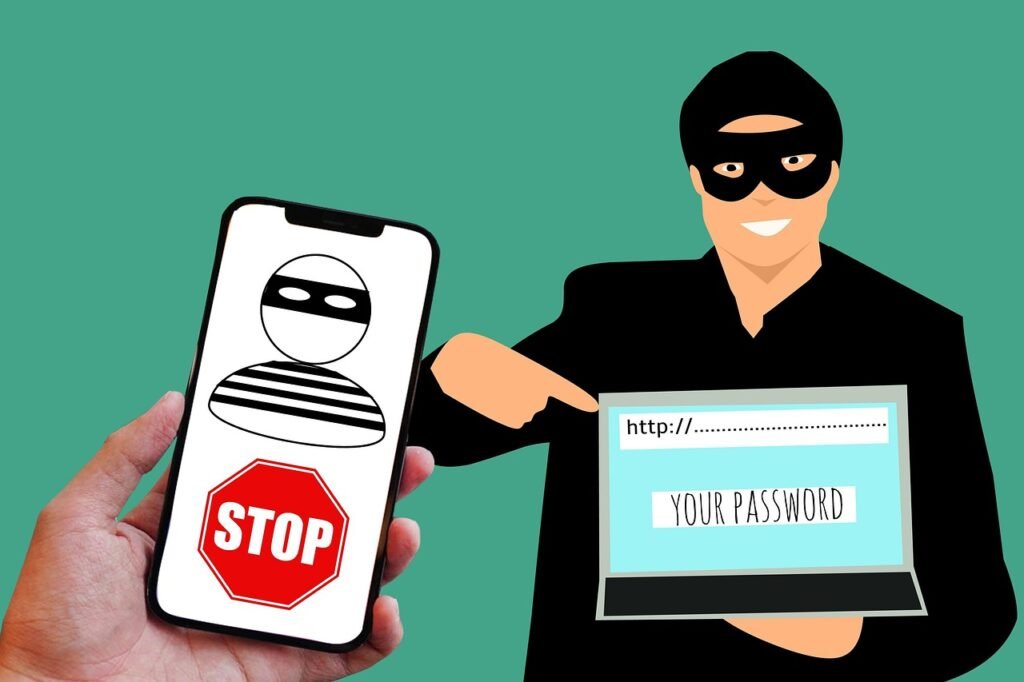7 Everyday Habits That Make You a Target for Hackers (And How to Break Them)

Hackers don’t always rely on high-tech tricks — sometimes, it’s our own daily routines that give them an open door. From weak passwords to oversharing online, these small
habits can create big security risks. Here’s how to spot them, break them, and keep your data safe.
When we think about hackers, we picture hoodie-wearing cybercriminals hammering away at code, breaking through firewalls with Hollywood-style hacking skills. The reality? Many don’t need to work that hard.
Often, we make their lives easier by handing them the keys ourselves — through simple, everyday habits we barely notice. These aren’t just “rookie mistakes” either. Even tech-savvy people fall into these traps because they’re convenient, quick, or simply part of daily life.
Here are seven of the most common habits that open you up to attacks — and, more importantly, how to break them without making your life harder.
1. Reusing passwords across accounts
It’s the digital equivalent of using one key for your house, car, and office — and then losing it.
If you reuse the same password for multiple accounts, all it takes is one breach for hackers to get into everything. They don’t even need to guess — they just take leaked passwords from one site and try them elsewhere, a tactic called “credential stuffing.”
How to break it:
Use unique passwords for every account. A password manager can store them securely so you don’t have to memorise them. Yes, it’s an extra step, but it’s a lot less painful than cleaning up after a stolen identity.
2. Clicking links without checking
Hackers love curiosity — and they know we can’t resist clicking something that looks urgent or exciting.
Whether it’s a “missed delivery” email or a social media message that looks like it’s from a friend, malicious links are one of the oldest tricks in the book. They can lead you to fake login pages, malware downloads, or worse.
How to break it:
Hover over links before clicking to see where they really lead. If you’re unsure, go directly to the source — open the company’s website manually or contact the sender through a separate channel.
3. Oversharing on social media
Your holiday photos aren’t just for friends — they can also be for burglars and cybercriminals.
Details like your birthday, workplace, children’s names, and travel plans might seem harmless, but hackers can use them to guess passwords, craft convincing phishing attacks, or even time physical break-ins.
How to break it:
Review your privacy settings, and think twice before posting personal details. Ask yourself: would I share this with a stranger in the street? If not, don’t share it online.
4. Ignoring software updates
Those “Update now” notifications aren’t just about new emojis — they often fix serious security flaws.
Hackers are quick to exploit vulnerabilities in outdated software, and once they find a weak spot, they can use it to access your system or data.
How to break it:
Enable automatic updates wherever possible. If you have to update manually, set a weekly reminder. It’s a small habit that can block huge risks.
5. Using public Wi-Fi without protection
Free Wi-Fi feels convenient — until you realise it might also be free for hackers.
On unsecured networks, attackers can intercept the data you send, from emails to login details. Even “secure” public Wi-Fi can be risky if you don’t know who’s running it.
How to break it:
Avoid logging into sensitive accounts when on public Wi-Fi. If you must, use a VPN (Virtual Private Network) to encrypt your traffic and keep prying eyes away.
6. Falling for urgency tactics
“Your account will be closed in 24 hours” — it’s a classic line for a reason.
Hackers rely on urgency to short-circuit your decision-making. If you’re panicking, you’re less likely to double-check the legitimacy of a request.
How to break it:
Pause before acting. Take a breath, verify the request through official channels, and remember — genuine companies rarely demand immediate action without prior warning.
7. Neglecting account security settings
If you’ve never touched your account’s security settings, you might be missing some powerful protections.
Many online services now offer multi-factor authentication (MFA), login alerts, and other tools to keep accounts safe. Not using them is like locking your door but leaving the window wide open.
How to break it:
Turn on MFA wherever it’s available. Check for security features in your account settings and make a habit of reviewing them every few months.
Changing habits without losing your mind
Breaking these habits doesn’t mean becoming paranoid or making your life complicated. It’s about small, consistent changes that make you harder to target.
Think of it like locking your doors at night — you’re not expecting a break-in, but it’s an easy habit that keeps you safe. Cybersecurity works the same way. A few minutes spent setting up better passwords, enabling updates, or tightening privacy settings can save you days, weeks, or even months of trouble down the line.
The take away
Hackers don’t always need to be geniuses — sometimes, they just need you to keep making the same mistakes. By recognising these seven habits and taking simple steps to break them, you close off the easy routes into your life.
Because in the end, the best defence isn’t about having the strongest tech — it’s about making yourself a difficult target. And that starts with the choices you make every day.
